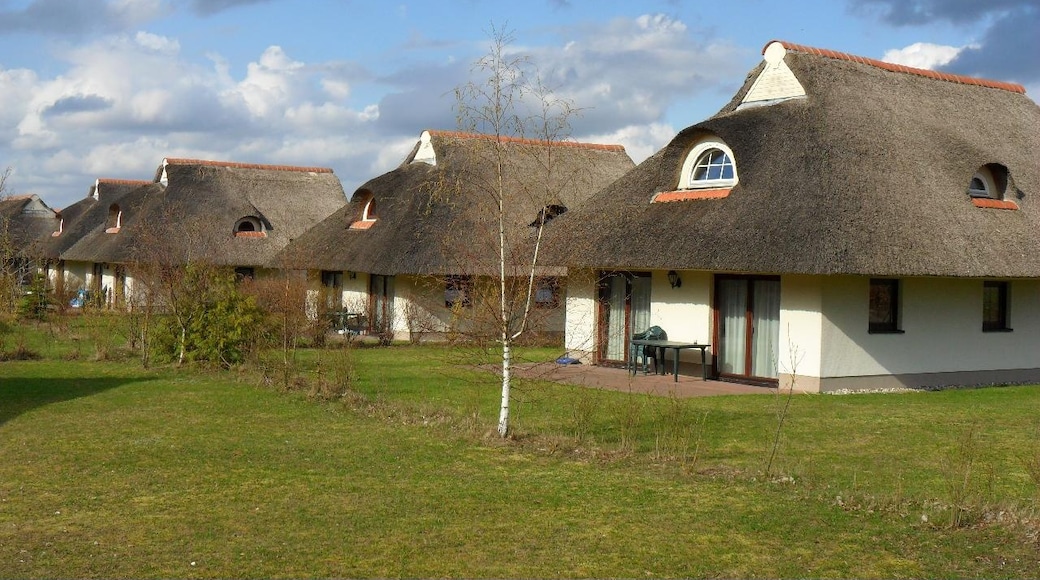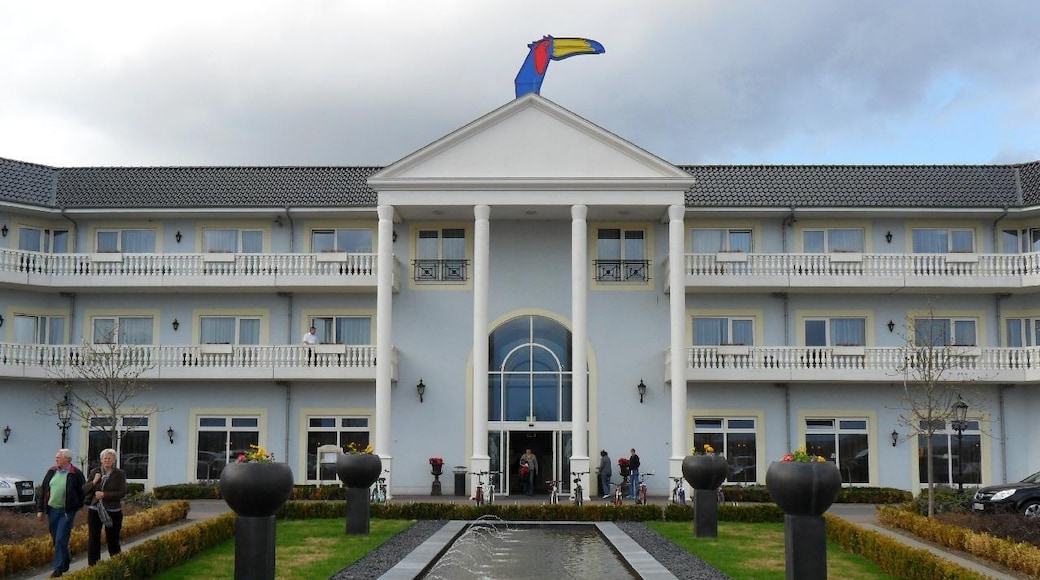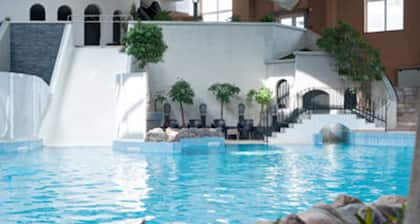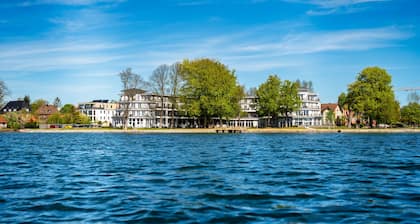For centuries, the small village of Linstow was the home of a noble family. Dobbin, meanwhile, was simply a nearby estate village, depopulated during the Thirty Years’ War. It was only in the year 2000 that these independent communities merged together to form Dobbin-Linstow, as it is known today.
History buffs should make their way to the Manor House, which for generations housed the Linstow family, but has recently been converted to a hotel and cafe. On the landscaped grounds you can find stunning trees, including two Weymouth pines that have been standing for over 130 years. Walk the small trail along the north shore of the lake to arrive at the Eichwerder, a wood pasture consisting of 400-year-old oaks.
In the heart of town, at the Village Church of Linstow-Kieth, you can find historic tombs that reflect the village’s long past. The brick church traces its history to the 13th century, but was left empty and devastated in 1648 after the Thirty Years’ War. In 1871, it was rebuilt and transformed to a more Gothic style. You can also pay a visit to the Museum Linstow, built in the style of a typical farmhouse of the Volhynian tribe which once settled here.
Continue into Dobbin to find the standing structural remains of the village’s manor buildings. The Cavalier House, for guests of the royal family, and the Royal Stables and the Inspector’s House are still uniquely preserved.
Explore the Village Church in Dobbin and you’ll find it rather more modern than its counterpart in Linstow, still built in brick, but dating back only as far as 1872.
Another historical monument in the village is the Juliana Stone, placed here in 1909 to commemorate the birth of the king’s daughter. In 1994, the half-timbered Manor House in the village of Glave within this district was restored and returned to its late 18th-century state, as was the park surrounding the manor,all reminders of the feudal heritage of this old town.







